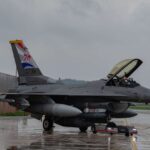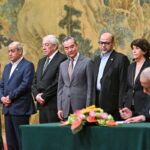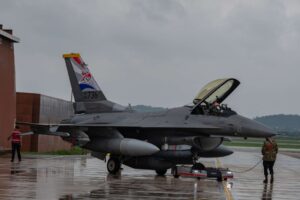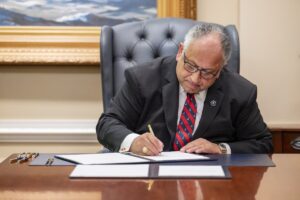At a time when, on May 19, the Western allies of the US were deliberating their shared future at the 49th G7 summit in Hiroshima, Japan, and reaffirming their support for Ukraine which is thousands of miles away from Japan, Chinese President Xi Jinping was speaking at China-Central Asia Summit in Xian, offering economic grants for enhancing the financial capacity of Central Asian States. Western media, comparing both events, kept pitching the idea that China is consolidating its influence over former Soviet republics because Russia is fixed in the Ukraine conflict.
However, I think otherwise: China has been present in Central Asia for 20 years, and the ChinaCentral Asia trade is too big to ignore. The China-Central Asia Summit was attended by all five former Soviet republics: Kazakhstan, Kyrgyzstan, Tajikistan, Turkmenistan and Uzbekistan. Xi’s speech at the event promised a development path independently chosen by all six countries with a focus on respecting and safeguarding their sovereignty, security, independence and territorial integrity. In the China-Central Asia Summit declaration, the participant states agreed to increase trade, boost rail and road connectivity, increase flight connections and speed up the construction of cross-border railway connecting China, Kyrgyzstan and Uzbekistan.
They approved mechanisms to boost cooperation in areas such as fossil fuels, renewable energy, education, science, tourism and healthcare. They also decided to explore potential for further agricultural cooperation, and China agreed to increase imports of agricultural products from Central Asia. It is pertinent to mention here that China will provide 26 billion yuans of financing support and grants to Central Asian countries.
The trade between China and Central Asia has touched a new limit of $70 billion last year, with Kazakhstan sharing $31 billion. While in Hiroshima, G7 offered support to Ukraine, pledging to strengthen disarmament and non-proliferation efforts, towards the ultimate goal of a world without nuclear weapons. Interestingly, the talk about a world without nuclear weapons was held in Hiroshima which was the first victim of US nuclear power. According to Reuters News Agency, China has, with its engagement, put itself at the forefront of the race for political influence and energy assets in the resource-rich regions, while Russia is distracted by its war in Ukraine and the withdrawal of US forces from Afghanistan has diminished the US presence in the region. In believe Russia and China are on the same page as long as the Global South perspective is concerned, and both have their parallel stakes in Central Asia while the US does not enjoy the same leverage in the region that China and Russia do. Russia is linked with the region through history, language and huge labour force of Central Asian States that works in Russian cities and sends huge remittances to their home countries while China is constantly investing in the Central Asian economy, unlike America which offers money in return of military bases.
The US has, in the past, invested in social activities of Central Asian States through NGOs but a crackdown on foreign-funded NGOs in 2010 dented US political base. Central Asian analysts believe China is offering trade and financial support to Central Asian States without demanding any help against any third country. They believe the Ukraine war offers lessons for every country that borders either China or Russia. Experts say that the China-Central Asian Summit by reiterating “we will jointly foster a new paradigm of deeply complementary and high-level win-win cooperation” has sent a loud and clear message that it wishes to enhance the economic capacity of all Central Asian States.
This win-win cooperation, based on mutual benefit, is China’s version of the New World Order. Wherever China is engaging in any country, it is proposing dialogues based on mutual benefit. China is, therefore, writing a new history of refraining from self-serving demands in exchange for cooperation. The China-Central Asia summit concluded with mutual cooperation, prosperous, harmonious, and wellconnected’ Central Asia.
Source: Tribune News
















